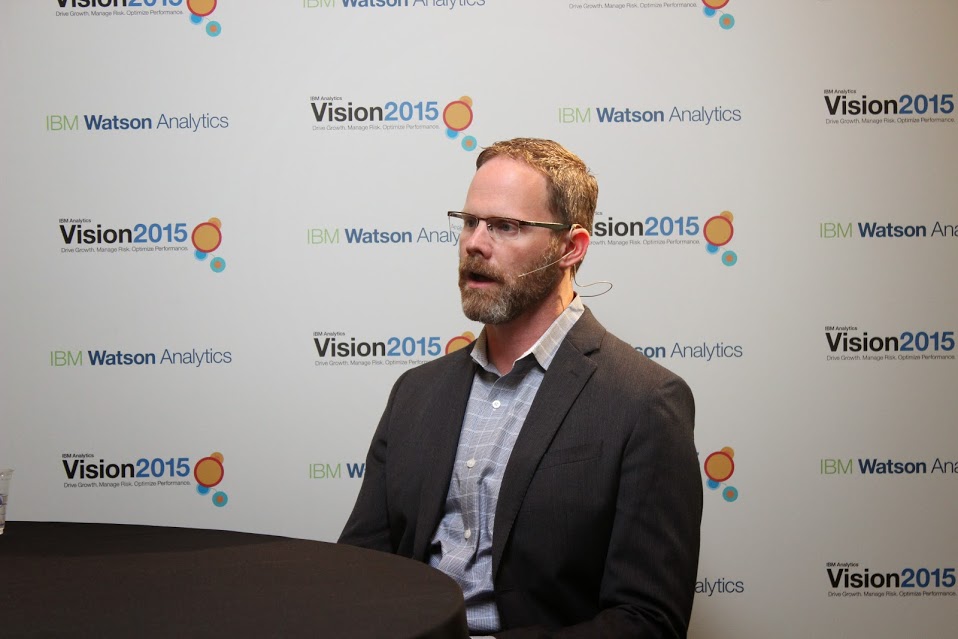 NEWS
NEWS
 NEWS
NEWS
 NEWS
NEWS
IBM’s Cloud-centric technologies have helped it adapt to the industry’s rapid pace. The company, with its vast portfolio, a large customer base, and a mix of legacy and new technologies, had to find ways to maintain agility, especially when it comes to analytics.
“There are a lot of new vendors and technologies arising,” Michael Curry, IBM’s VP Engineering for Analytics Solutions, told theCUBE during IBM Vision. “As that’s happened, it’s put a lot of pressure on the core platforms. Cloud-centric technology allows us to move at a faster pace. It’s about agility: How quickly can you innovate? How quickly can you introduce capabilities into your product line?”
The analytics division recently started looking at Twitter data as a resource. “It has quality issues, but it’s such a huge sample size, such a large amount of data, that you can really learn things,” Curry said.
The VP cited an example of a colleague who saw weather patterns through Twitter data before he saw it on weather sensors. “It’s interesting to see what a great predictor Twitter is,” Curry said. “People think of Twitter data as simply a sentiment analyzer, but it’s very also the fastest way for people to convey information in our society. It’s shocking to think about all the things you can do with that and how you can combine that with other business data to help improve the way you make decisions.”
Curry said that shifts in data sources have prompted companies to put more emphasis on analytics.
“We used to think about data very differently,” he said. “We used to look at what was in our four walls. Now almost every company looks at external data. The fact that you need to deal with structured and unstructured data is really changing the emphasis that companies put on analytics. There’s so much potential.”
Watch the full interview below, and be sure to check out more of SiliconANGLE and theCUBE’s coverage of IBM Vision 2015.
THANK YOU